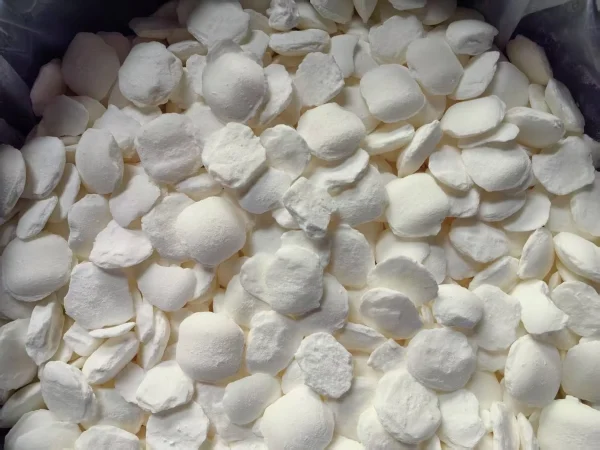
1. Introduction
Cyanide leaching is a widely used method in the mining industry for extracting valuable metals, especially gold, from ores. Sodium cyanide plays a crucial role in this process as it reacts with the metals to form soluble complexes, allowing for their separation from the ore matrix. Among the various factors that can affect the efficiency of Cyanide leaching, the stirring rate is of significant importance. This article aims to explore in detail how the stirring rate impacts the Leaching rate of Sodium cyanide.
2. The Role of Stirring in Cyanide Leaching
2.1 Enhancing Mass Transfer
In the cyanide leaching process, the reaction between Sodium Cyanide and the metal in the ore occurs at the interface between the solid ore particles and the liquid cyanide solution. Stirring helps to improve the mass transfer of reactants (sodium cyanide and oxygen) to the surface of the ore particles and the removal of reaction products from the surface. When the stirring rate is increased, the fluid flow around the particles becomes more turbulent. This turbulence reduces the thickness of the boundary layer around the particles, which is the region where the concentration gradient of reactants and products exists. As a result, the diffusion rate of sodium cyanide and oxygen to the particle surface increases, promoting the leaching reaction.
2.2 Preventing Particle Sedimentation
Another important function of stirring is to prevent the sedimentation of fine ore particles, especially in the case of ores with a high content of slime, clay, or shale. These fine particles can settle during the leaching process, reducing the contact area between the ore and the cyanide solution and thus decreasing the leaching efficiency. By continuously stirring the pulp (a mixture of ore and solution), the particles are kept in suspension, ensuring uniform contact with the cyanide solution throughout the leaching process.
3. Experimental Studies on the Influence of Stirring Rate
3.1 Laboratory - Scale Experiments
Numerous laboratory - scale experiments have been conducted to investigate the relationship between stirring rate and the leaching rate of sodium cyanide. In a typical experiment, a sample of ore is ground to a specific particle size and then mixed with a cyanide solution in a reactor equipped with a stirrer. The stirring rate is varied, and the leaching rate is measured over a certain period. For example, in an experiment on a gold - bearing ore, when the stirring rate was increased from 200 rpm to 600 rpm, the leaching rate of gold (which is leached by sodium cyanide) increased significantly in the initial stages of leaching. However, beyond a certain stirring rate (around 800 rpm in this case), the increase in the leaching rate became less pronounced.
3.2 Industrial - Scale Observations
Industrial - scale operations also provide valuable insights into the impact of stirring rate. In large - scale cyanide leaching plants, the stirring rate of the leaching tanks is carefully controlled. It has been observed that when the stirring rate is too low, there are regions in the tank where the ore particles are not well - mixed with the cyanide solution, leading to lower overall leaching rates. On the other hand, if the stirring rate is too high, it can cause excessive wear and tear on the equipment, increase energy consumption, and may even lead to the formation of vortexes that can disrupt the leaching process. For instance, in a large - scale gold cyanidation plant, increasing the stirring rate from the standard 400 rpm to 500 rpm led to a 5% increase in the gold leaching rate, but further increasing it to 600 rpm only resulted in a marginal 1% increase, while the energy consumption increased by 20%.
4. Optimal Stirring Rate Determination
4.1 Considering Ore Characteristics
The optimal stirring rate for cyanide leaching depends on several factors, with the characteristics of the ore being a primary consideration. For ores with large particle sizes, a higher stirring rate may be required to ensure that the cyanide solution can penetrate the pores and react with the inner parts of the particles. In contrast, for fine - grained ores, a lower stirring rate may be sufficient to keep the particles in suspension and promote mass transfer. Additionally, the mineralogy of the ore matters. If the ore contains minerals that are easily oxidized or react with cyanide at a fast rate, a lower stirring rate may be used to control the reaction rate and prevent excessive consumption of sodium cyanide.
4.2 Balancing Leaching Rate and Cost
In addition to ore characteristics, the cost - effectiveness of the leaching process also plays a role in determining the optimal stirring rate. A higher stirring rate generally requires more energy, which increases the operating cost of the plant. Therefore, a balance needs to be struck between achieving a high leaching rate and minimizing energy consumption. This often involves conducting economic analyses that take into account factors such as the value of the metal being extracted, the cost of sodium cyanide, and the energy cost associated with different stirring rates. For example, if the price of gold is high and the cost of energy is relatively low, a slightly higher stirring rate may be chosen to maximize the gold leaching rate. However, if the cost of energy is a major concern, a lower stirring rate may be selected even if it results in a slightly lower leaching rate.
5. Challenges Associated with Adjusting Stirring Rate
5.1 Equipment Limitations
One of the challenges in adjusting the stirring rate is the limitations of the equipment. The design of the leaching tanks, the power of the motors driving the stirrers, and the mechanical strength of the impellers all restrict the range of stirring rates that can be achieved. In some cases, upgrading the equipment to achieve a higher or more precise stirring rate may require significant capital investment. For example, if a plant wants to increase the stirring rate beyond the current maximum limit, it may need to replace the motors with more powerful ones and install stronger impellers, which can be a costly endeavor.
5.2 Process Instability
Changing the stirring rate can also lead to process instability. A sudden increase or decrease in the stirring rate can disrupt the flow patterns in the leaching tank, causing uneven distribution of the ore particles and the cyanide solution. This can result in inconsistent leaching rates and may even lead to the formation of hotspots or coldspots in the tank, where the reaction rates are either too high or too low. For instance, if the stirring rate is decreased too rapidly, the ore particles may start to settle in some parts of the tank, leading to a decrease in the overall leaching efficiency.
6. Conclusion
The stirring rate has a significant impact on the leaching rate of sodium cyanide in the cyanide leaching process. By enhancing mass transfer and preventing particle sedimentation, an appropriate stirring rate can improve the efficiency of the leaching process. However, determining the optimal stirring rate requires careful consideration of ore characteristics and cost - effectiveness. Additionally, challenges such as equipment limitations and process instability need to be addressed when adjusting the stirring rate. Further research in this area can focus on developing more efficient stirring technologies and optimizing the overall cyanide leaching process to improve the recovery of valuable metals while minimizing environmental impacts and costs.
- Random Content
- Hot content
- Hot review content
- High-precision Delay Element( 25ms- 10000ms)
- Sodium Persulfate,Sodium Persulphate,supplier 99.00%
- Industrial Acetic Acid 99.5% Colorless Liquid Glacial acetic acid
- Antimonium Tartrate Potassium
- Fertilizer magnesium sulfate/magnesium sulfate monohydrate
- Sodium sulphate 99% Pharmacy Grade
- 97% 2-Hydroxypropyl methacrylate
- 1Discounted Sodium Cyanide (CAS: 143-33-9) for Mining - High Quality & Competitive Pricing
- 2China's New Regulations on Sodium Cyanide Exports and Guidance for International Buyers
- 3Sodium Cyanide 98% CAS 143-33-9 gold dressing agent Essential for Mining and Chemical Industries
- 4International Cyanide(Sodium cyanide) Management Code - Gold Mine Acceptance Standards
- 5China factory Sulfuric Acid 98%
- 6Anhydrous Oxalic acid 99.6% Industrial Grade
- 7Oxalic acid for mining 99.6%
- 1Sodium Cyanide 98% CAS 143-33-9 gold dressing agent Essential for Mining and Chemical Industries
- 2High Quality 99% Purity of Cyanuric chloride ISO 9001:2005 REACH Verified Producer
- 3Zinc chloride ZnCl2 for High Molecular Weight Polymers Initiator
- 4High Purity · Stable Performance · Higher Recovery — sodium cyanide for modern gold leaching
- 5High Quality Sodium Ferrocyanide / Sodium Hexacyanoferr
- 6Gold Ore Dressing Agent Safe Gold Extracting Agent Replace Sodium Cyanide
- 7Sodium Cyanide 98%+ CAS 143-33-9

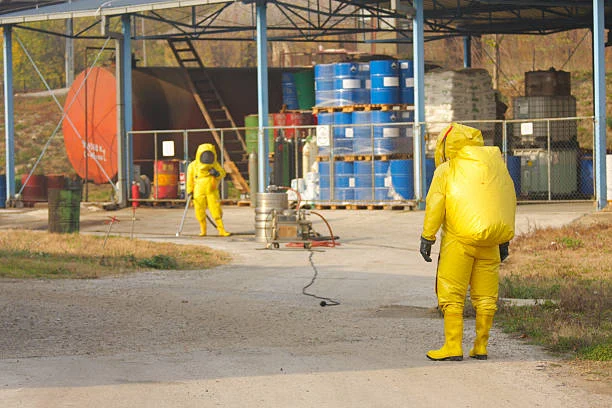
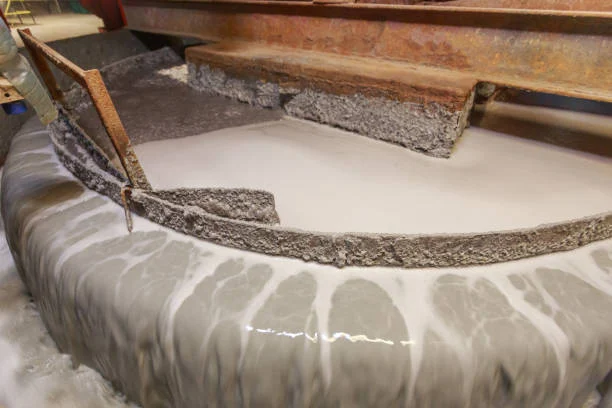
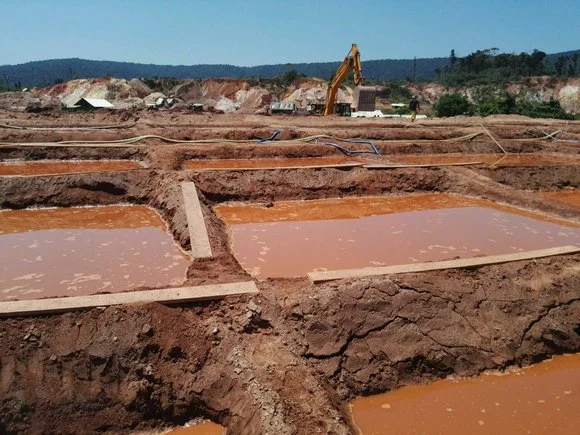
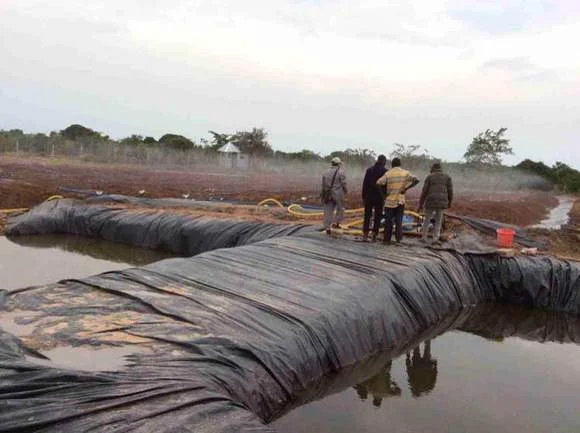
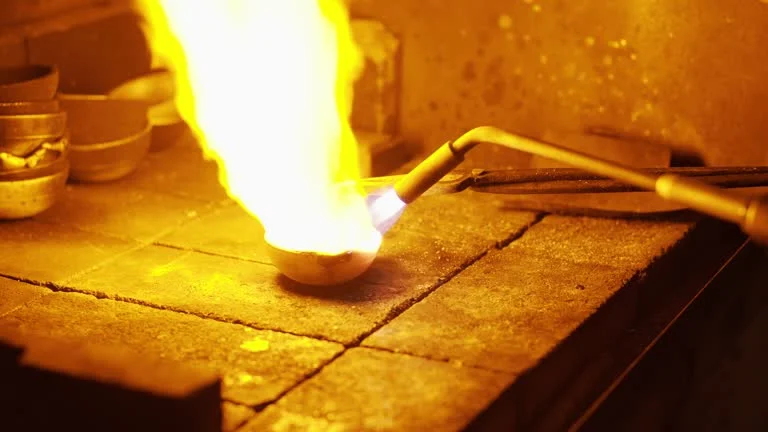
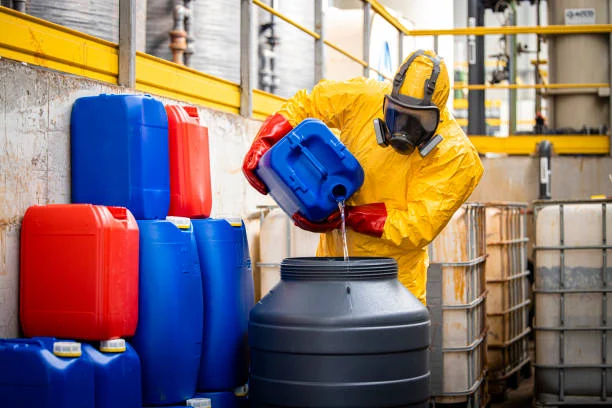
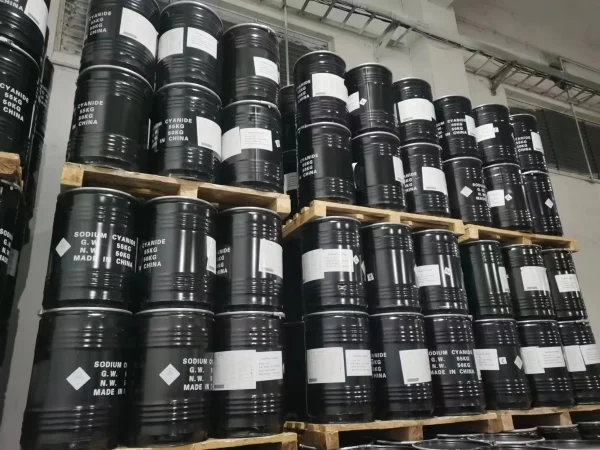



Online message consultation
Add comment: